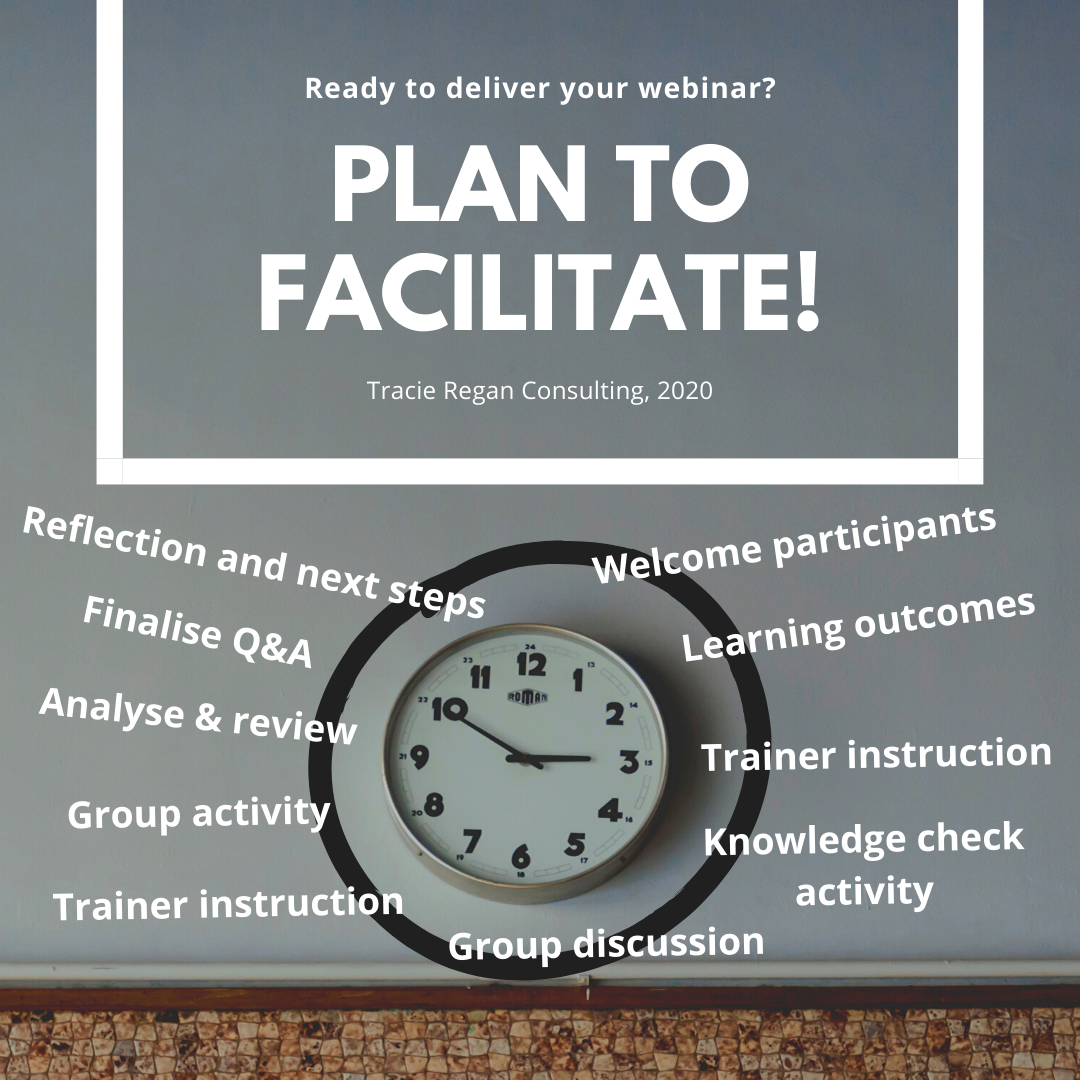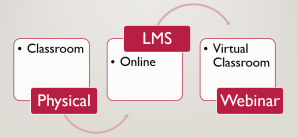 As part of maintaining my professional and vocational currency, I’m currently (Dec 2018) participating in a Deakin University MOOC – Transforming Digital Learning
As part of maintaining my professional and vocational currency, I’m currently (Dec 2018) participating in a Deakin University MOOC – Transforming Digital Learning
https://www.futurelearn.com/courses/digital-learning
Which is a free two week taster course into further studies.
I’m still in week 1 but find the topics thoughtful and content engaging. I do however get frustrated at limiting my forum discussion posts to 1200 characters including spaces, and am turning this negative into a positive by further developing my responses into reflective posts on this blog. If nothing else I will have it for future reference.
One of the questions posed in this study is “What does the future of (digital) learning look like to you?”
I’ve expanded my answer below:
I actually gave a TEDx talk in Gympie, 2012 on the changes of distance learning with the introduction of technology. You can see my presentation here: http://prezi.com/i2agvvo4laep/distance-learning-is-closer-than-ever-tedx-gympie/
I ended my talk with a small item of augmented reality, where a learner could hold their mobile device over a printed diagram to watch a video or instructional content about that diagram, bringing another dimension to their learning. I’ve been waiting for this to become ‘normal practice’ ever since but the use of augmented reality in vocational learning is yet to become commonplace.
Since then, my vision for future learning is wrapped around four ‘I’s – incidental, intuitive, immersive and invisible and these will be supported by the IoT (Internet of Things).
Incidental – because you don’t know what you don’t know. But someone (or something) does. When you need to learn something, this will be given to you and will build on your previous learning experiences. The technology for this possibly already exists, Google knows where I am, who I interact with and my buying habits, why not track my learning?
Intuitive – your existing level of knowledge will be recognised and the learning will be presented in a form that best suits your personal learning needs. Your learning history may show a preference for video, so a video on how to operate the new kitchen device will be shown to you when you use it, until you have learnt each function. I would expect this video to be displayed as augmented reality, in your own kitchen. Prefer to read? A manual will be displayed for your convenience.
Immersive – the ability to learn will surround us but will not become apparent until we need it. Are you new to the workplace? When you first login your induction course will begin. Buying a new item from the supermarket shelf? A display will show you how to use it in your planned weekly recipe.
Invisible – the Internet will be everywhere, like electricity we will take it for granted and the interconnectedness (don’t spell check it) of machine and technology will enable learning to be available everywhere, anytime it is meaningful and memorable to our personal needs.
—
My grandson asked me why do we need street signs when Google Maps gives our location and directions on how to get somewhere else?
What if we just spoke the name of the person we want to visit and our transport device will take us to their current location, checking first it was convenient to them for us to visit?











 As part of maintaining my professional and vocational currency, I’m currently (Dec 2018) participating in a Deakin University MOOC – Transforming Digital Learning
As part of maintaining my professional and vocational currency, I’m currently (Dec 2018) participating in a Deakin University MOOC – Transforming Digital Learning


